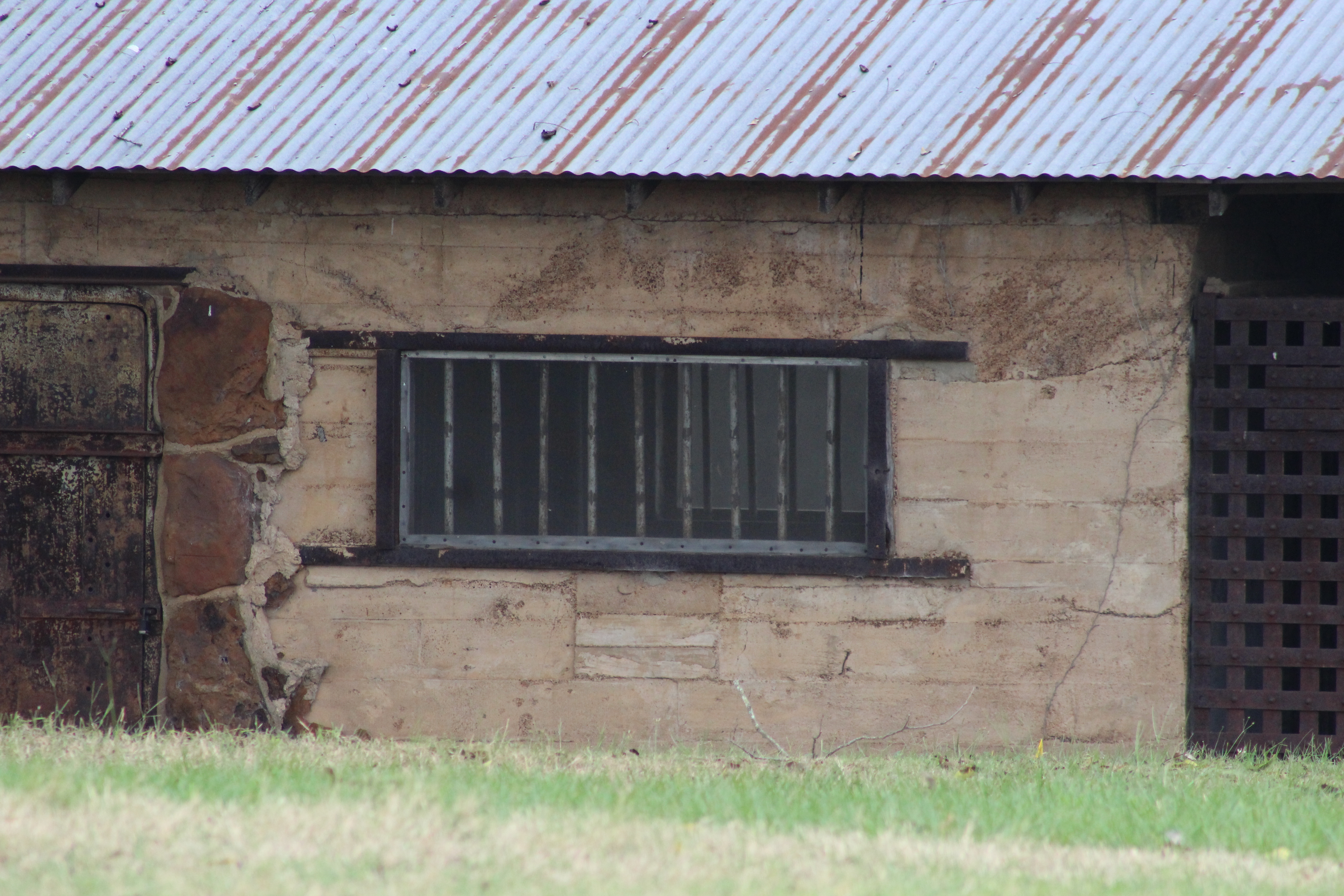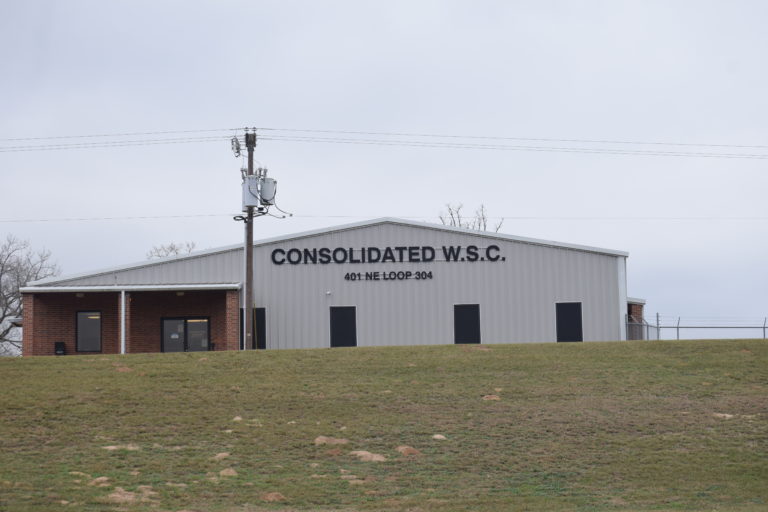Headed for the Poorhouse

By Teresa Holloway
Messenger Reporter
ANDERSON COUNTY – As autumn approaches, thoughts often turn to heavy trick or treat bags, Thanksgiving tables laden with succulent foods, bedecked Christmas trees overflowing with gifts or any of the other blessings so common to most today.
The cooler days of fall provide welcome relief from the scorching heat, but they are followed quickly by brutal winter weather. Early Texas families didn’t always welcome the change of seasons. From the days of settlement until the 1940s, living with the wolf at the door was not just an adage.
The lack of ready food found in the spring and summer months, the onset of cold related illnesses, the lack of warm clothing and steady heating frequently brought many early families to their knees financially.
Some hardy families struggled through until the next spring, barely scraping by with help from churches or relatives. Not all were so lucky.
Far too many ended up in the poorhouse. Called an almshouse, a poor farm or any other moniker designating the living arrangements of the impoverished, some of these poorhouses were mere steps away from slavery or indentured servitude.
In early America, the poor had no place in normal society and were often discarded with the same negligence as the insane, mentally disabled, diseased, orphaned or widows with no breadwinner.
Despite the cause of the poverty, be it famine, crop failure, illness or even the death of the provider, poverty was considered shameful to those afflicted and reportedly, the society in which they lived.
The Texas Historical Commission conducted a survey in 1987 and discovered Anderson County had one of the roughly 65 poorhouses in the 254 counties of Texas. Located 2.5 miles south of Palestine on FM 322, the farm’s main building still stands.
Outbuildings are gone, but the stone walls and iron bars still stand in stark contrast to the hay bales in the distance. A modern, historical marker designates the location for the THC and visitors.
Prior to and during the Civil War, churches and family members were able to help those indigents who, for whatever reason, could not fend for themselves at the time. After the war, things changed.
The influx of returning, now homeless or destitute veterans and their families, immigrants and other evacuees created a burden too large for the small settlements and churches to bear.
In what was probably an earnest attempt to alleviate the problem, the State of Texas amended the Constitution to address the issue.
The State assigned care of the destitute to the individual counties and the Manual Labor Poor House or farms were created.
Assigned to the poorhouse were all those citizens who could not provide for themselves. For whatever reason, the petty criminals, the ill, the mentally challenged and orphans and widows unable to sustain themselves were housed together and pressed into labor.
In 1884, the Anderson County farm consisted of a potato barn, a superintendent’s home, housing for the indigents and a jail. The farm was in operation until sometime in the 1940s, though by the 1930s most of the remaining residents were the elderly, the ill or those unfortunates stricken with impairments.
Anderson County farm was arguably one of the more humane of these facilities, THC research indicates. Though most farms did not even list the living on their premises, much less the dead, Anderson County at least maintained records and had access to medical care.
THC research shows the superintendent of the farm was allotted $6.50 per month to provide food and clothing for the paupers and twenty cents per day to feed the convicts and farm hands.
The county paid for clothing, medicine and doctor visits for the tenants, but no funds were allotted for “babies nursing their own mothers.”
While many farms reputedly practiced abuse, neglect of the ill or other inhumane treatments, including ‘selling’ an individual or family into indentured servitude for one year or more, many more were well intentioned and simply unable to maintain the basic necessities on short funding provided by counties during those hard years.
The poorhouses, officials reasoned, were not meant to provide comfort equal to that which one could earn by working and contributing, according to the historical research.
Researcher Debbie Cottrell found most farms closed with the introduction of federal assistance programs during the Great Depression.
[email protected]






